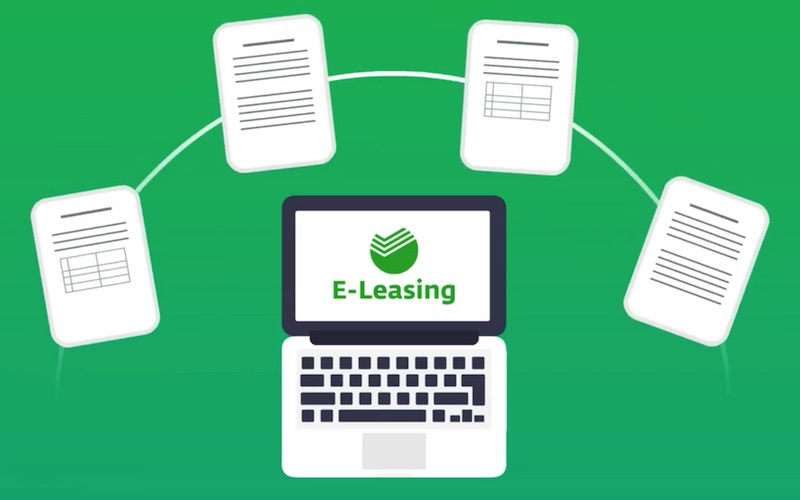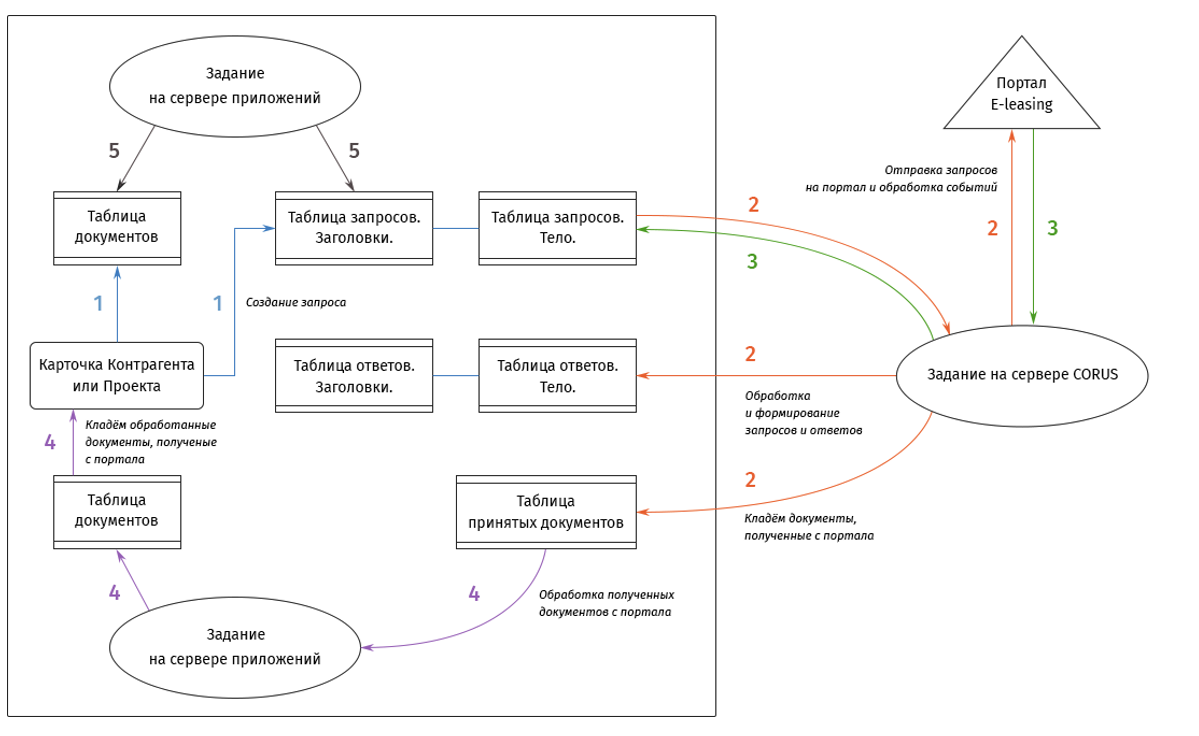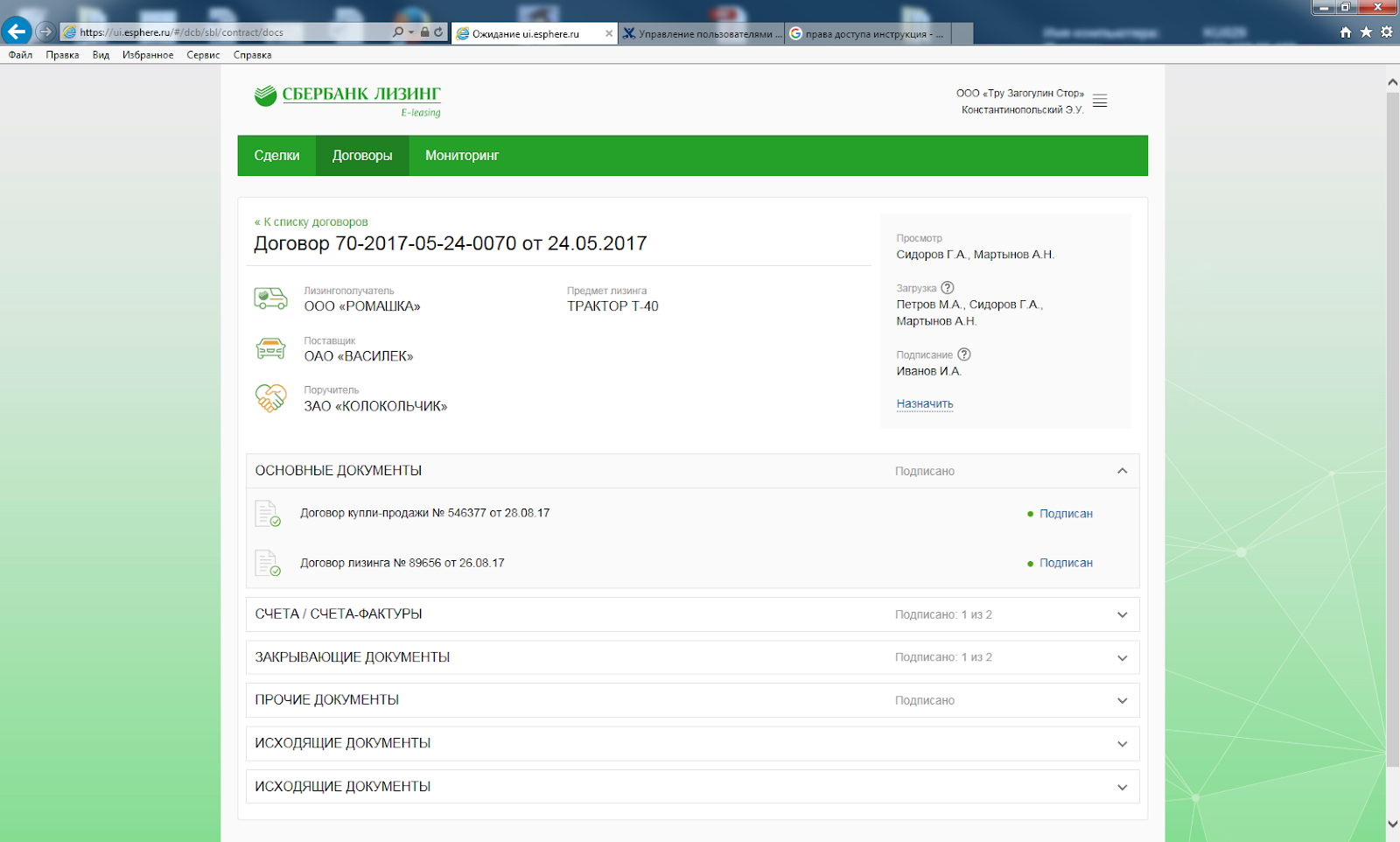Despite the popularity of the topic of electronic document management, in Russian banks and the financial sector in general, most of any transactions are executed in the old fashioned way, on paper. And the point here is not so much in the conservatism of banks and their customers as in the absence of adequate software on the market.

The more complex the transaction, the less likely it will be possible to conduct it within the framework of EDI. For example, a leasing transaction is complicated in that at least three parties participate in it - a bank, a lessee, and a supplier. A surety and a mortgagor are often added to them. We decided that such transactions can be fully digitized, for which we created the E-Leasing system - the first service in Russia that fully provides EDI in such scenarios. As a result, at the beginning of July 2019, 37% of the total number of transactions concluded on leasing passes through E-Leasing. Under the cut, we will analyze E-Leasing in terms of functionality and technical implementation.
We started developing the system in early 2017. The most difficult thing was to start: formulate product requirements, transform ideas into a specific technical task. Next is the search for a contractor. Preparation of TK, consultations - all this took about four months. Four months later, in November 2017, the first release of the system was released, which is fast enough for such an ambitious project. In the first version of E-Leasing, there were functions of requesting and signing documents - not only the main ones, but also surety agreements and other additional agreements that may be required in the process of working under a leasing agreement. In March 2018, we added the ability to request documents as part of monitoring, and in July of the same year, sending electronic invoices.
How E-Leasing Works
We started developing the system in early 2017. The whole way from formulating product requirements to choosing a contractor and releasing the first release took less than a year - we were released in November.

A request for a package of documents from counterparties is made from our business system, based on the Corus SQL database and Microsoft Dynamics NAV 2009. All documents that participants submitted as part of the transaction are sent for storage there. Frontend is an E-Leasing portal that allows suppliers and customers to request, download, print and sign documents using UKEP (enhanced qualified electronic signature).

Now we analyze the operation of the system in more detail according to the scheme above.
A request is generated from the entity “Counterparty card” or “Project”. When sending a request, records are generated in the query table. It contains a description of the request and parameters. The codeunit object is responsible for generating the request. An entry in the table is created with the Ready status, which means that the request is ready to be sent. The query table contains a description of the request body. All requested documents are in the table of documents. When a document is requested, the value “Requested” is set in the “EDI Status” field.
A job on a CORUS server running on an SQL agent monitors entries with Ready status in the query table. When such a record is found, the task sends a request to the E-Leasing portal. If the sending was successful, the record is marked in the table with the Responded status, if not, with the Error status. The result of the response is recorded in different tables: the response code from the server and a description of the error, if the request could not be sent, into one table; records describing the body of the response, to another, and to the third, records with files obtained as a result of the request, with the Create value in the Status field and the Check value in the Scan Status field. In addition, the task monitors events from the E-Leasing portal and generates queries in the query tables, which it itself processes.
Another task monitors entries in the table of received documents with the Create value in the Status field and the Verified value in the Scan Status field. The task runs every 10 minutes. The antivirus is responsible for the Scan Status field, and if the scan was successful, the value Verified is written. This functionality belongs to the IB service. The codeunit object is responsible for processing records. If the entry in the table of received documents was processed successfully, then it is marked in the Status field with the Success value and the requested document in the “EDI Status” field in the document table receives the status “Received”. If it was not possible to process the record in the table of received documents, then it is marked in the Status field with the Fail value and the error description is recorded in the "Error text" field. Nothing changes in the document table.
The third task monitors all records in the table of documents that have a non-empty value in the status and not the value “Accepted”. The task is fulfilled once a day at 23:30 and withdraws all contractual documentation not signed for the current day. The task generates a request to delete the contractual documentation in the tables of requests and answers and changes the “Status” field to the value “Recalled” in the table of documents.
E-Leasing by the user
For the user, it all starts with receiving an invitation to join the EDI from our client manager. The client receives a letter and goes through a simple registration procedure. Difficulties can arise only if the user's workplace is not ready to work with an electronic signature. A significant part of calls to technical support is associated with this. The system allows the counterparty to give access to the personal account of its employees - for example, accountants to work with invoices, etc.
 check in
check inThe further scheme of work is also as simple as possible for each of the parties. The request for transaction documents, as well as the signing of contractual documentation, is carried out through setting tasks in our internal system.
 Dossier Request
Dossier RequestAfter sending a client any request or documents for signing, a notification will be sent to his email address that the corresponding activity has been generated in his personal account. From his interface, the client uploads a package of documents to the system, puts an electronic signature, and we can consider the transaction. After this, the contractual documentation is signed along the route "Supplier - Client - Sberbank Leasing".
 Current contract
Current contractElectronic document management in our case does not necessarily imply any client actions from beginning to end. You can connect to the system at any stage of the transaction. For example, a client provided a dossier on paper, and then decided to sign a deal in EDI - this scenario can be implemented. Similarly, customers who have a valid leasing agreement with Sberbank Leasing can connect to E-Leasing to receive electronic invoices.
Having calculated the economic effect of using E-Leasing, we offered customers an additional discount for using the service. It turned out that the absence of the need to go to the client and supplier to sign, as well as print and stitch the contracts, ultimately
reduces the transaction cost (creation and maintenance) by 18% .
How the project will develop
At the moment, E-Leasing is stable, although not flawlessly. The mechanism for sending electronic invoices to our employees is still not user-friendly. The problem is explained by the fact that this procedure itself is quite complicated, since the EDI operator is constantly involved in it. He issues a receipt that he issued an invoice, the manager signs this receipt. Then the user on the other side (client) signs a notice and receipts, which again go through the electronic document management operator. In future versions, we will try to make this process more convenient. The “request for monitoring documents” functionality, which is quite relevant for large customers, is also located in the “development zone”.
In the next six months, we plan to move the system to a new platform, which will optimize the work with EDI, make the interface more understandable and pleasant to the user, and expand the functionality of your personal account. And also add new functions - from generating a request to viewing documents for all transactions that the client conducted through E-Leasing. We hope that the system, to which customers, suppliers and guarantors are already actively joining, will become even more convenient for everyone.